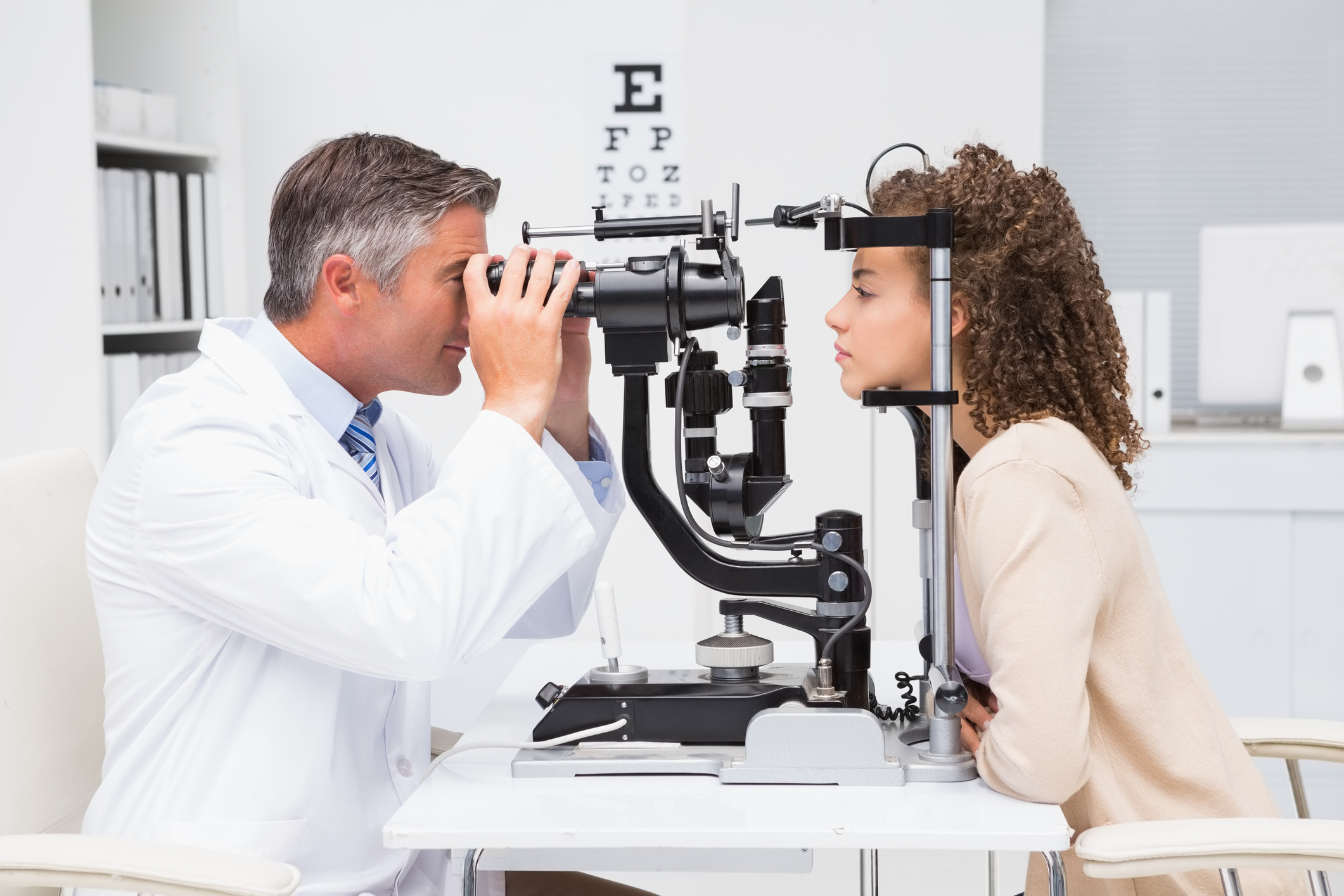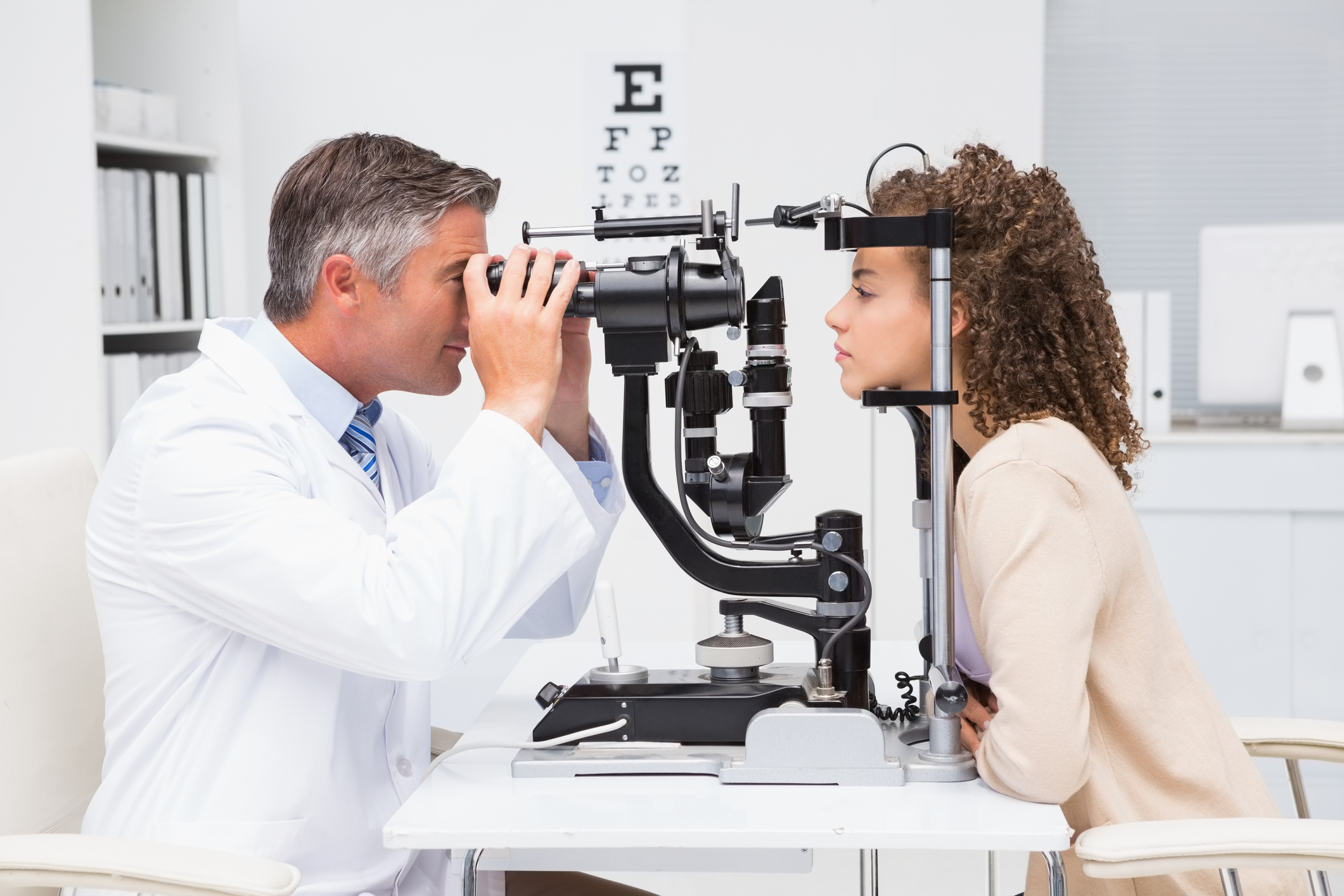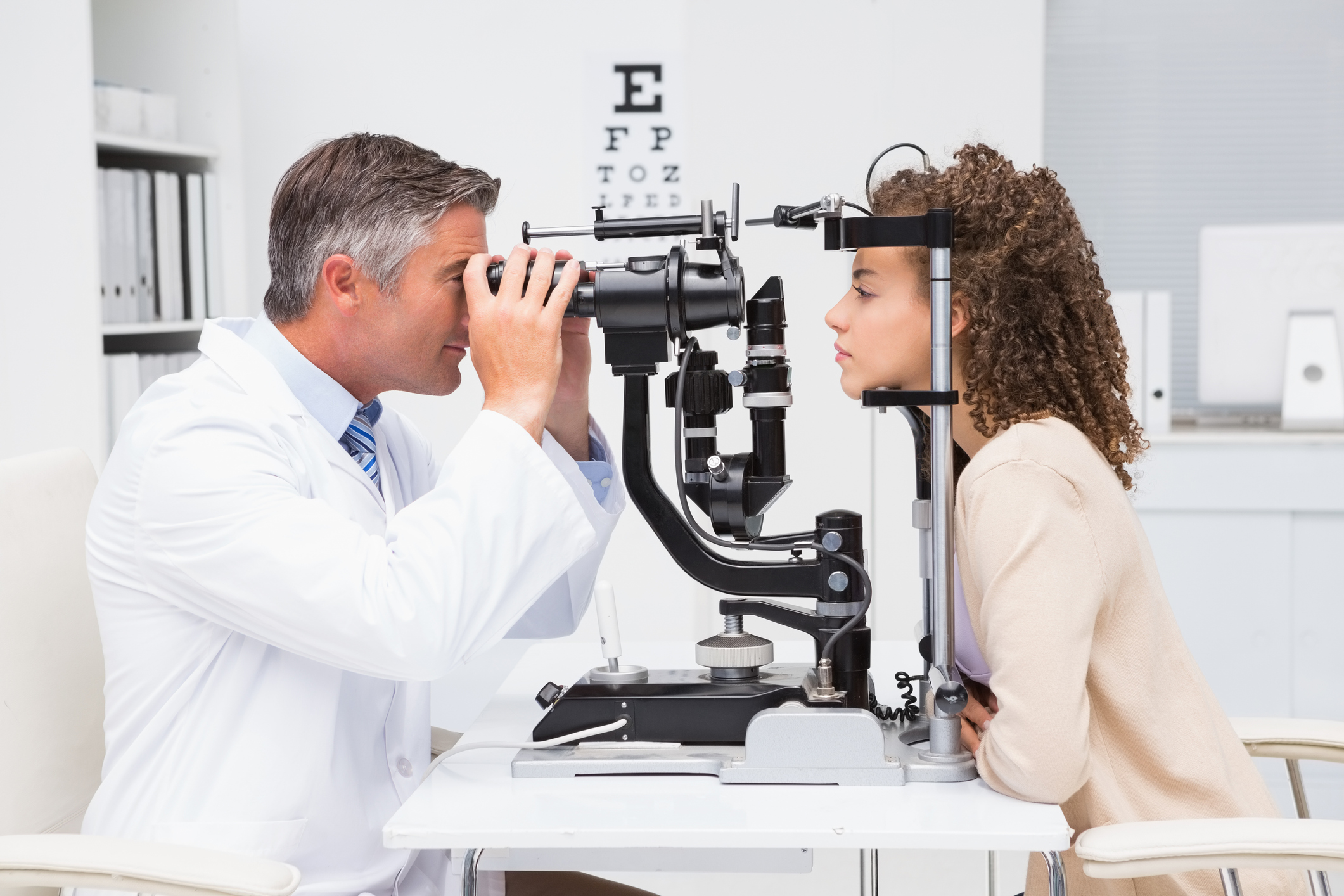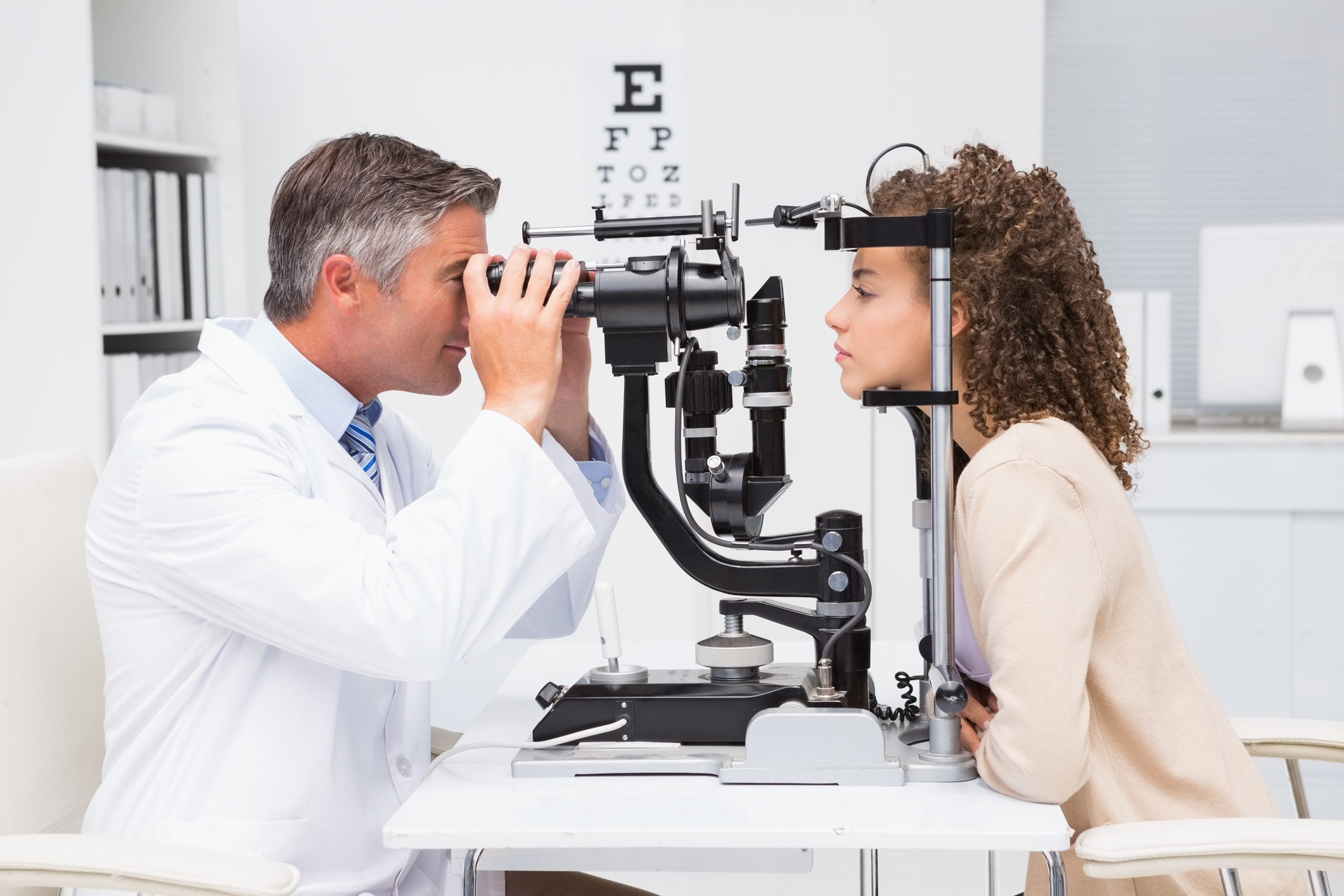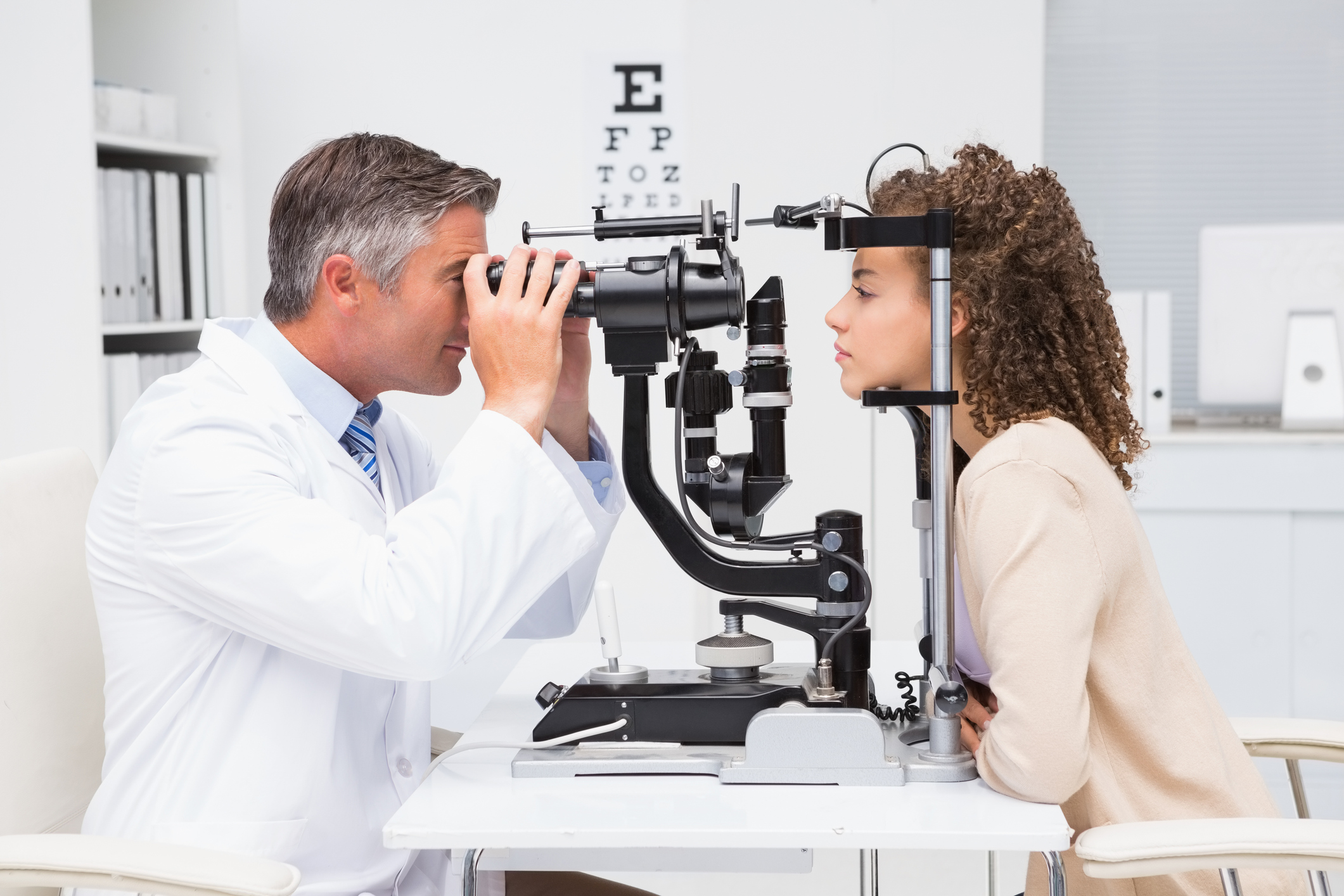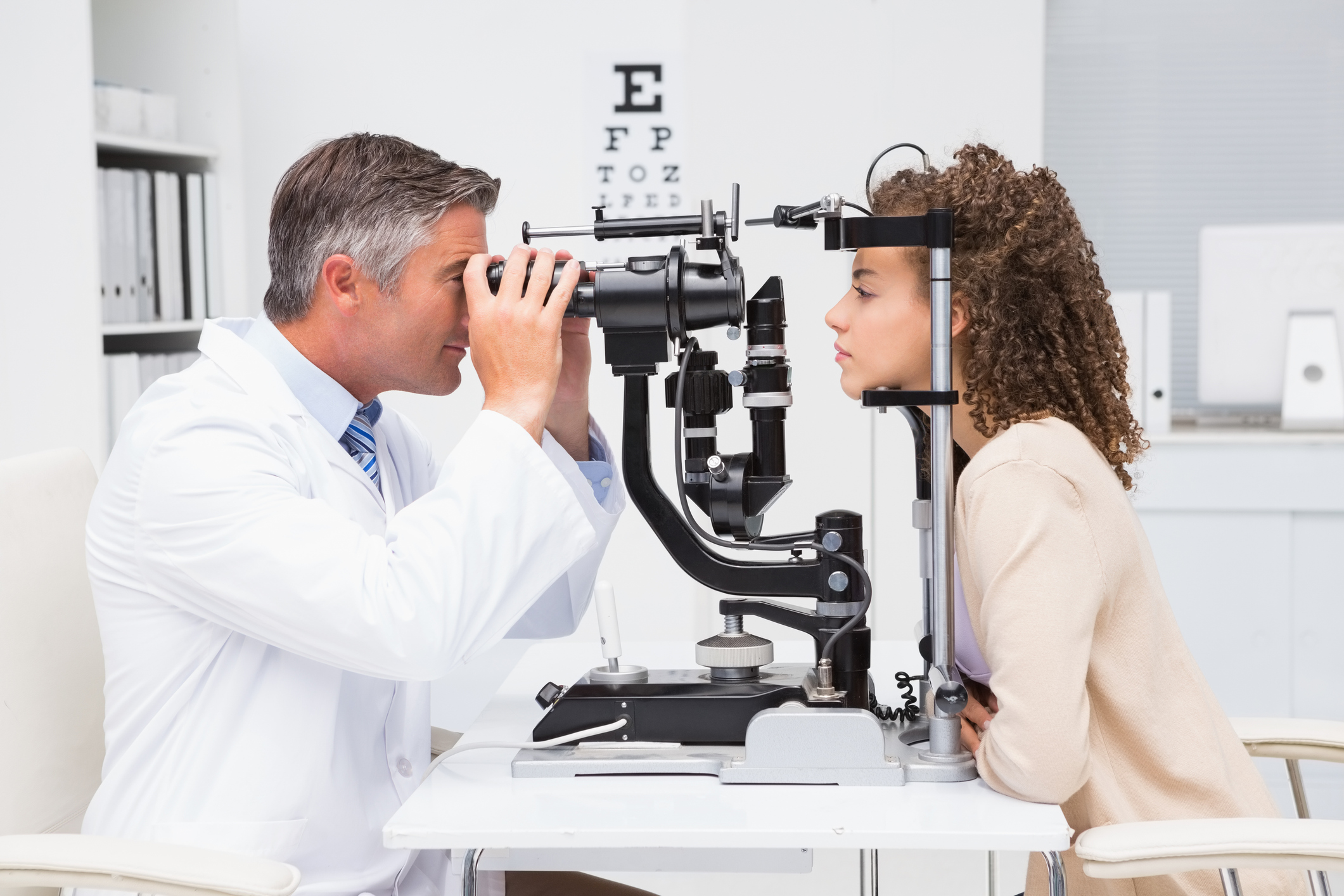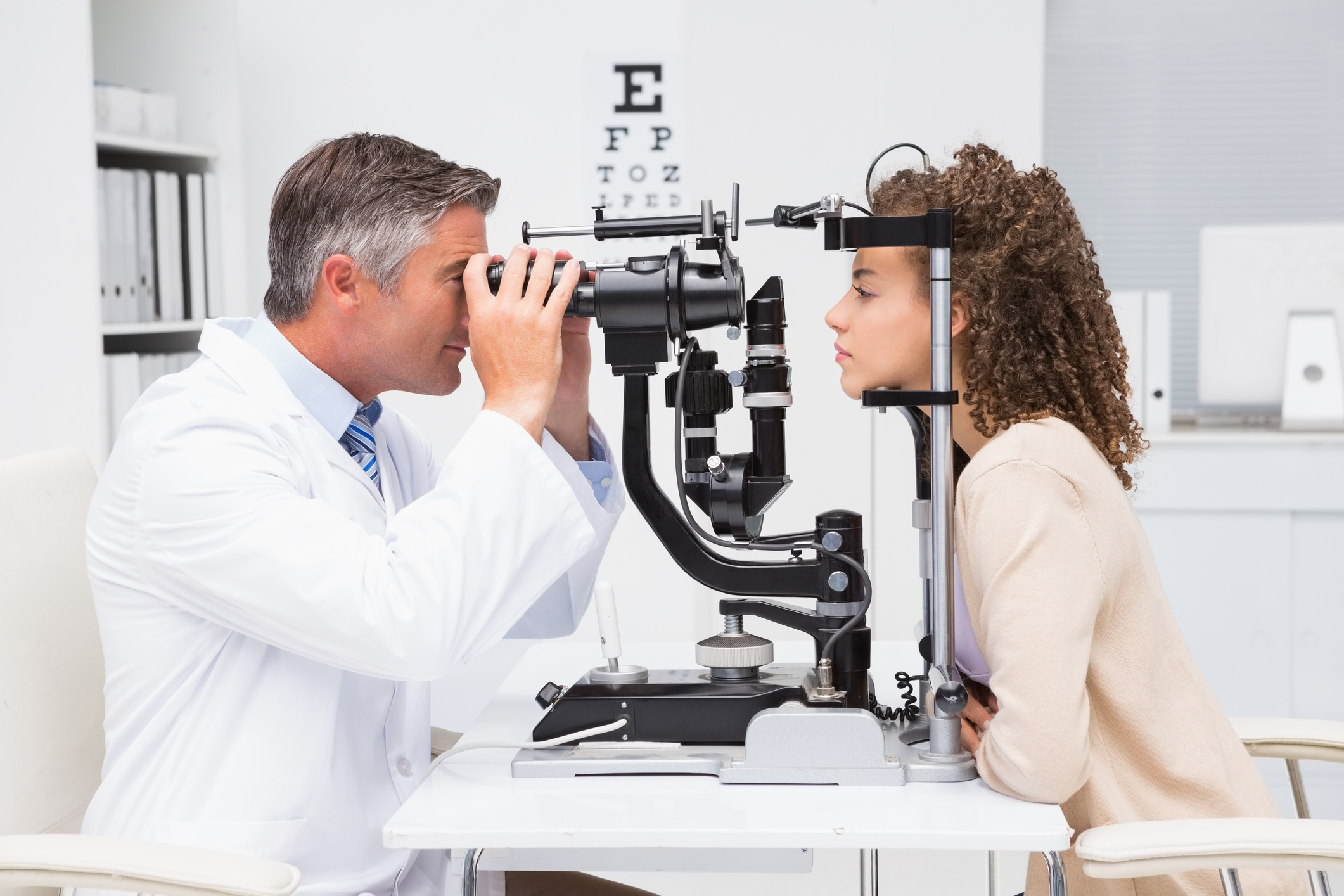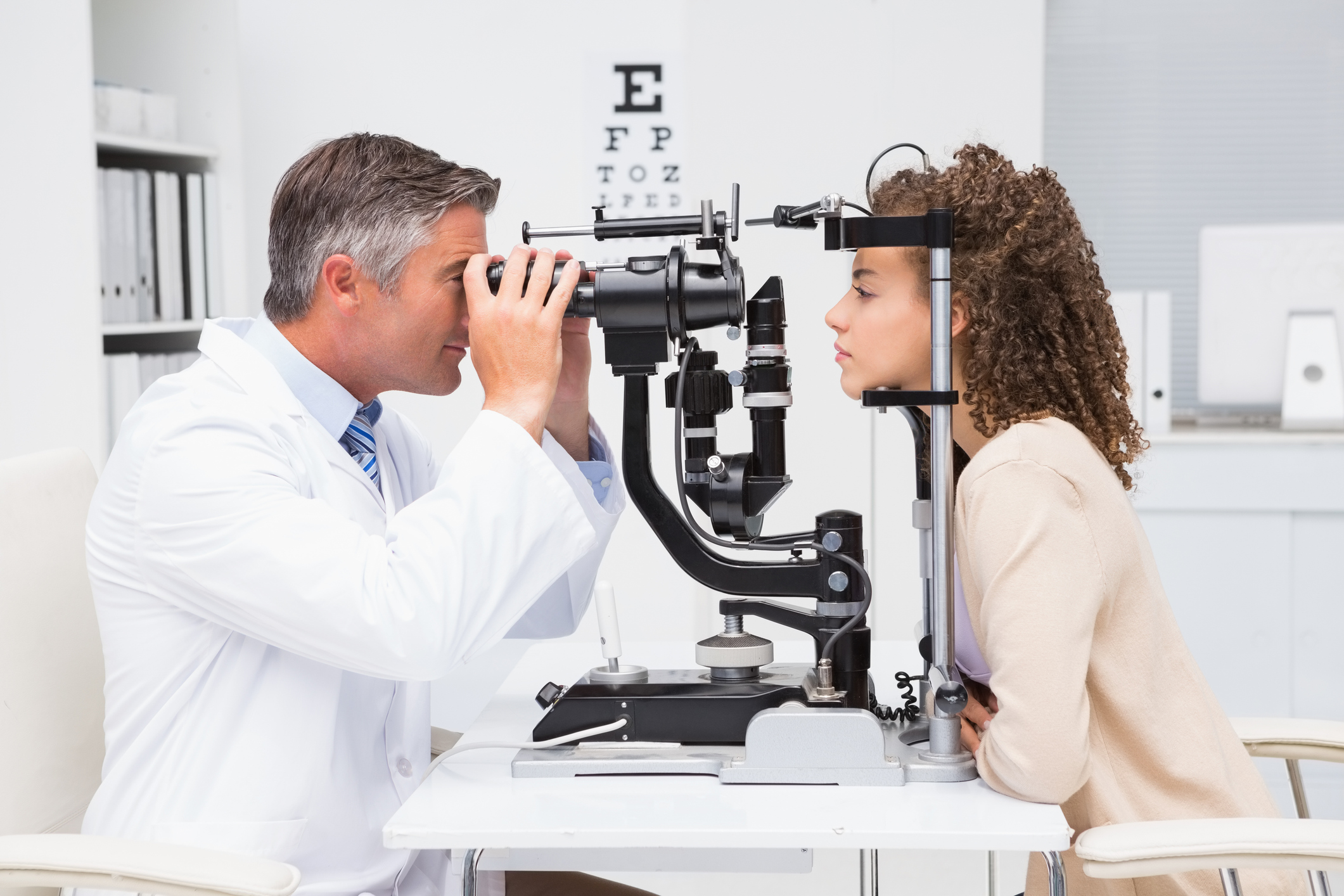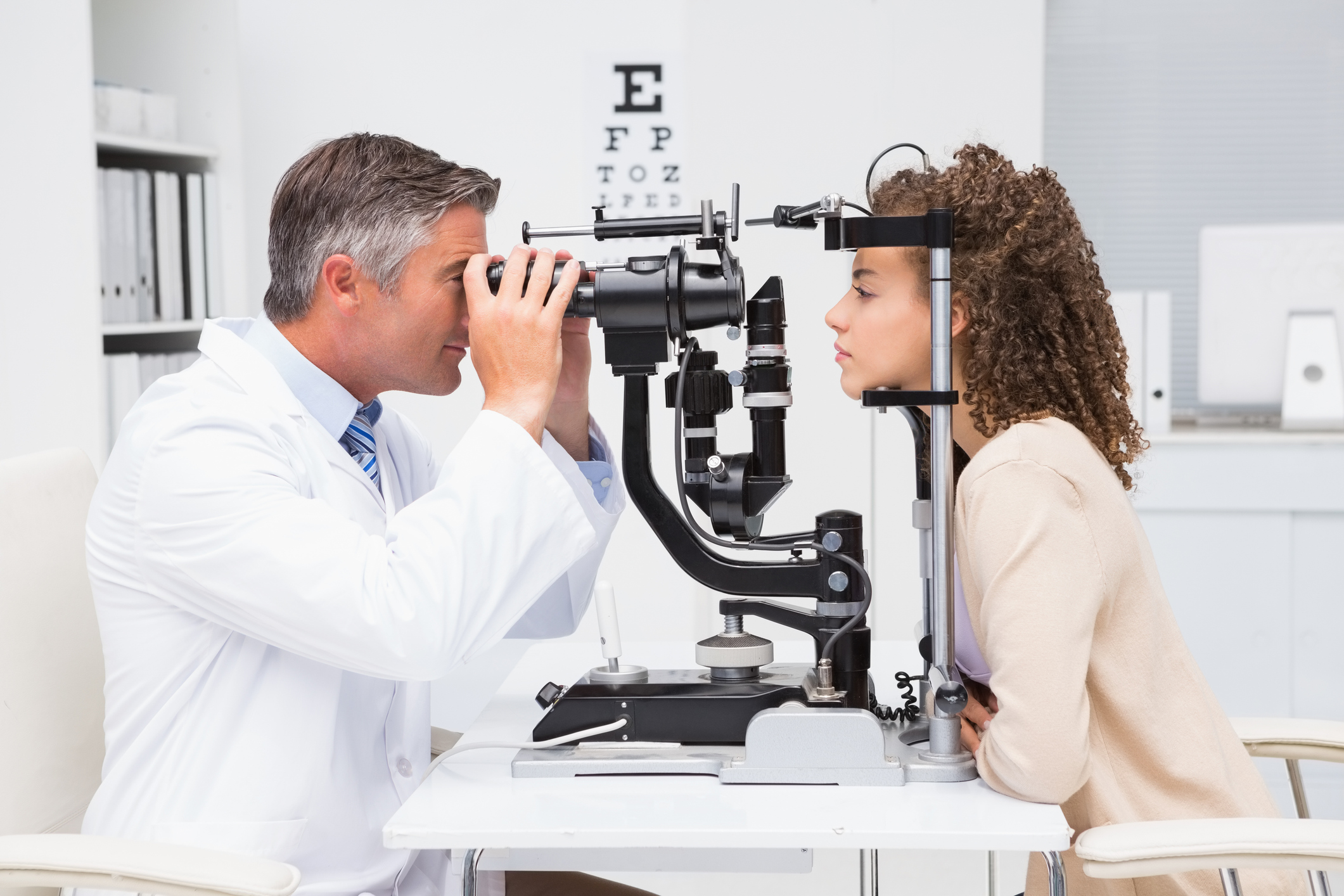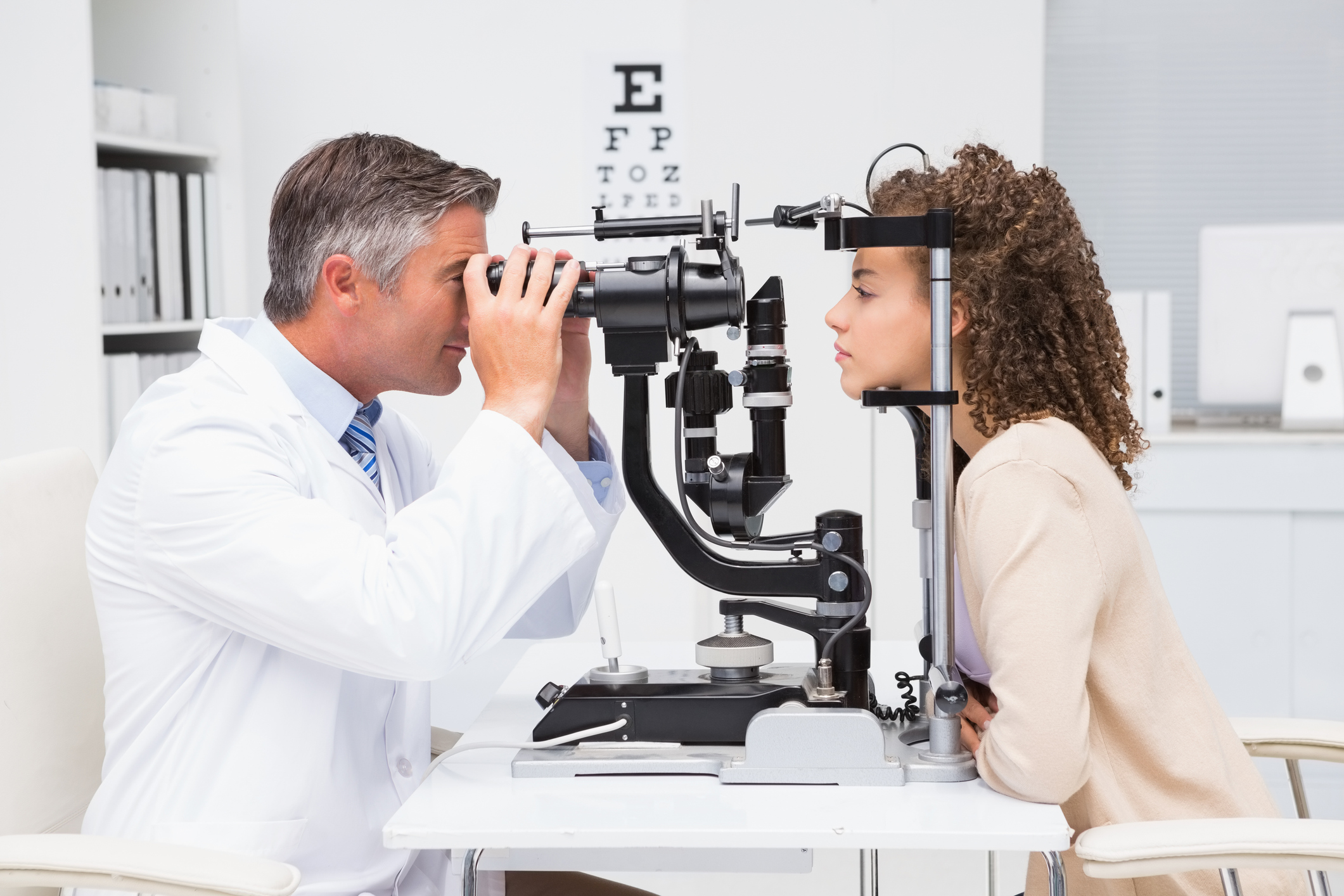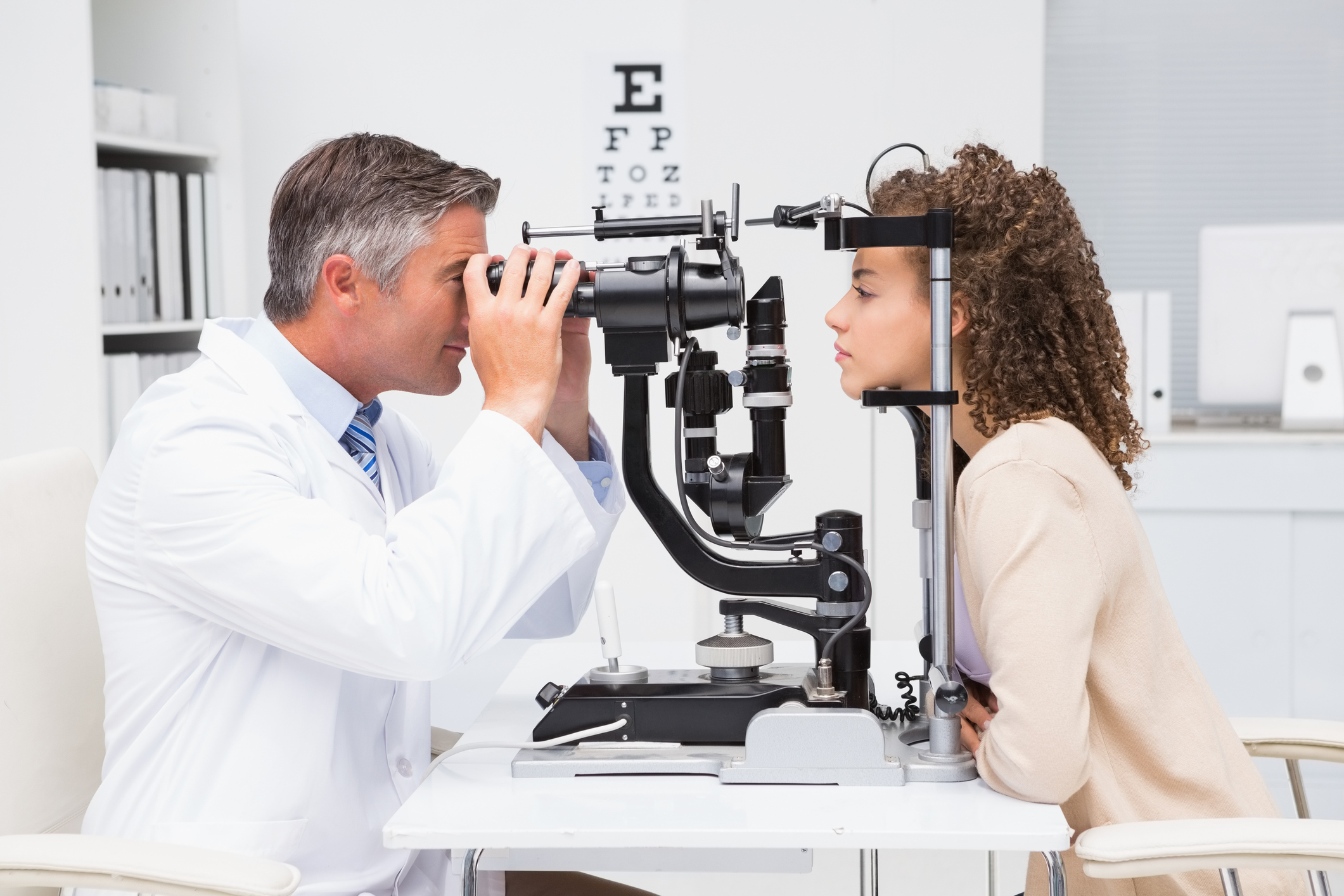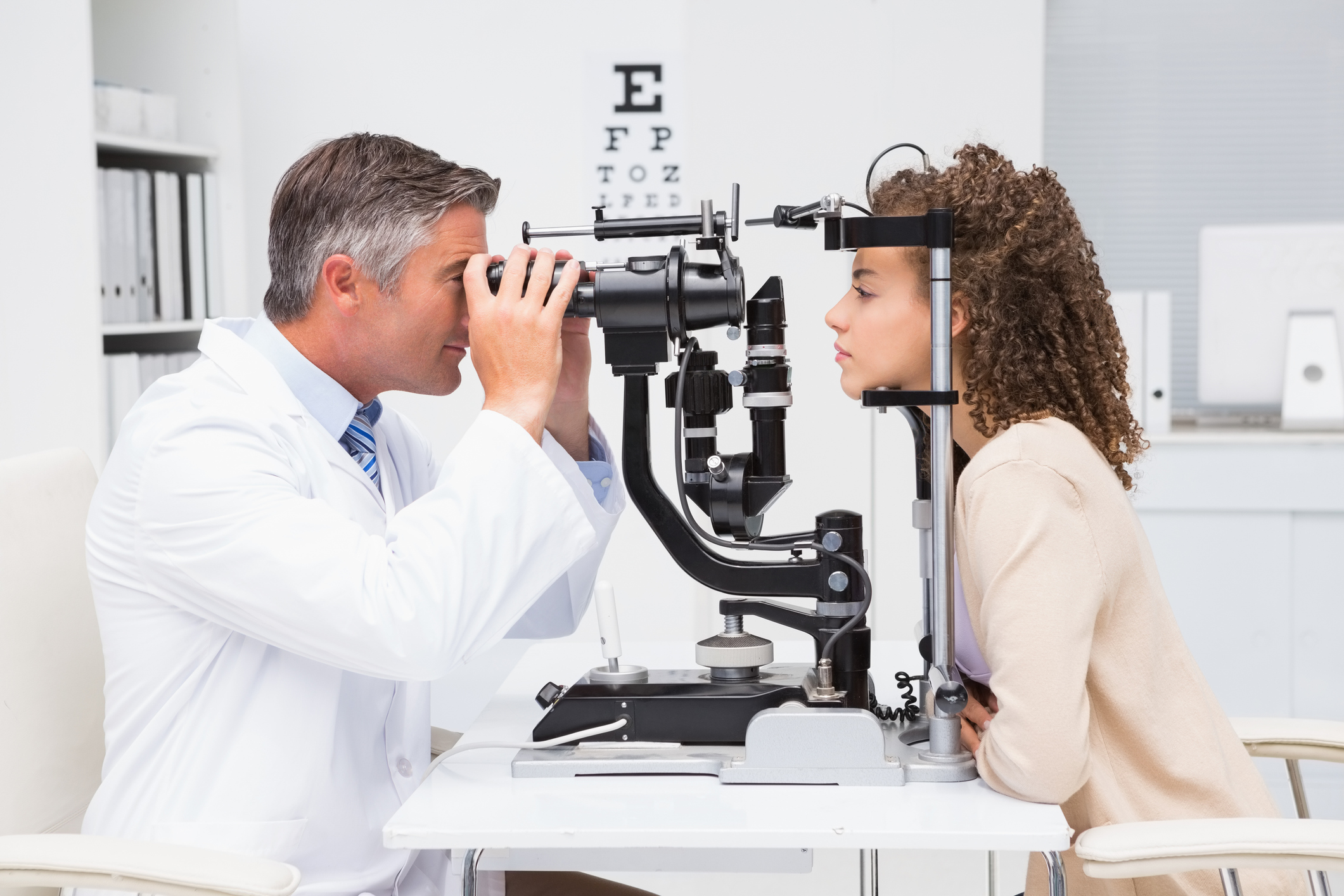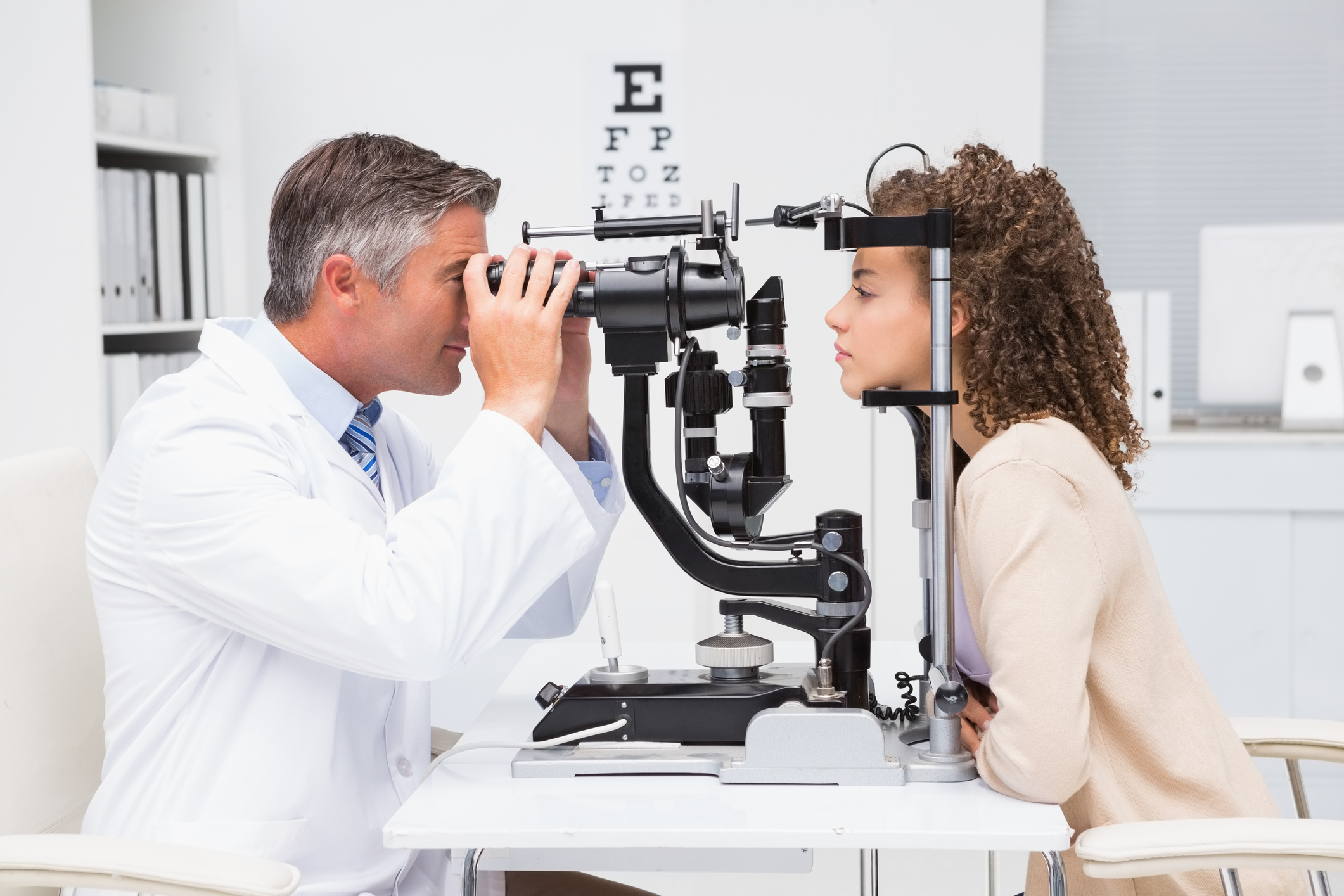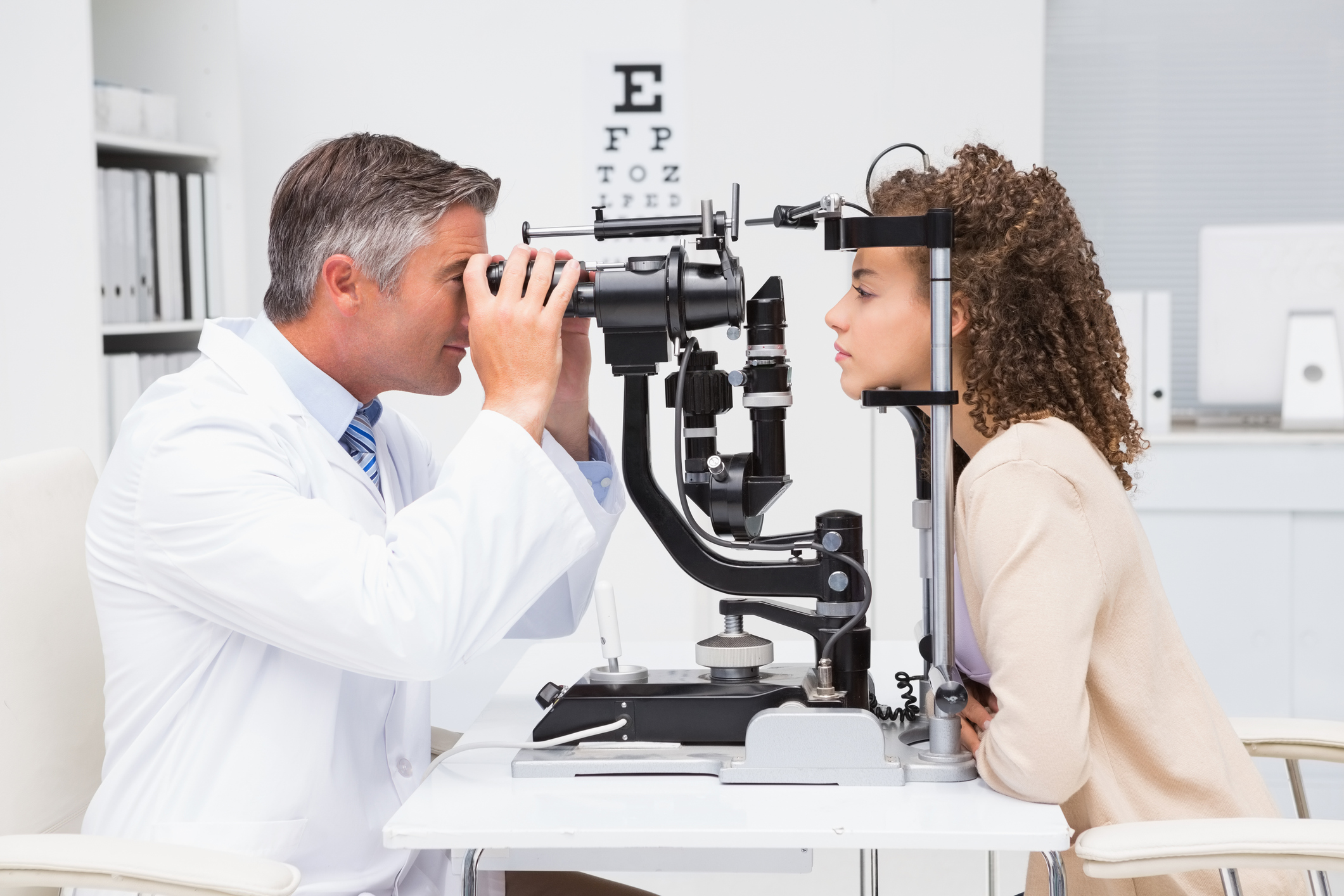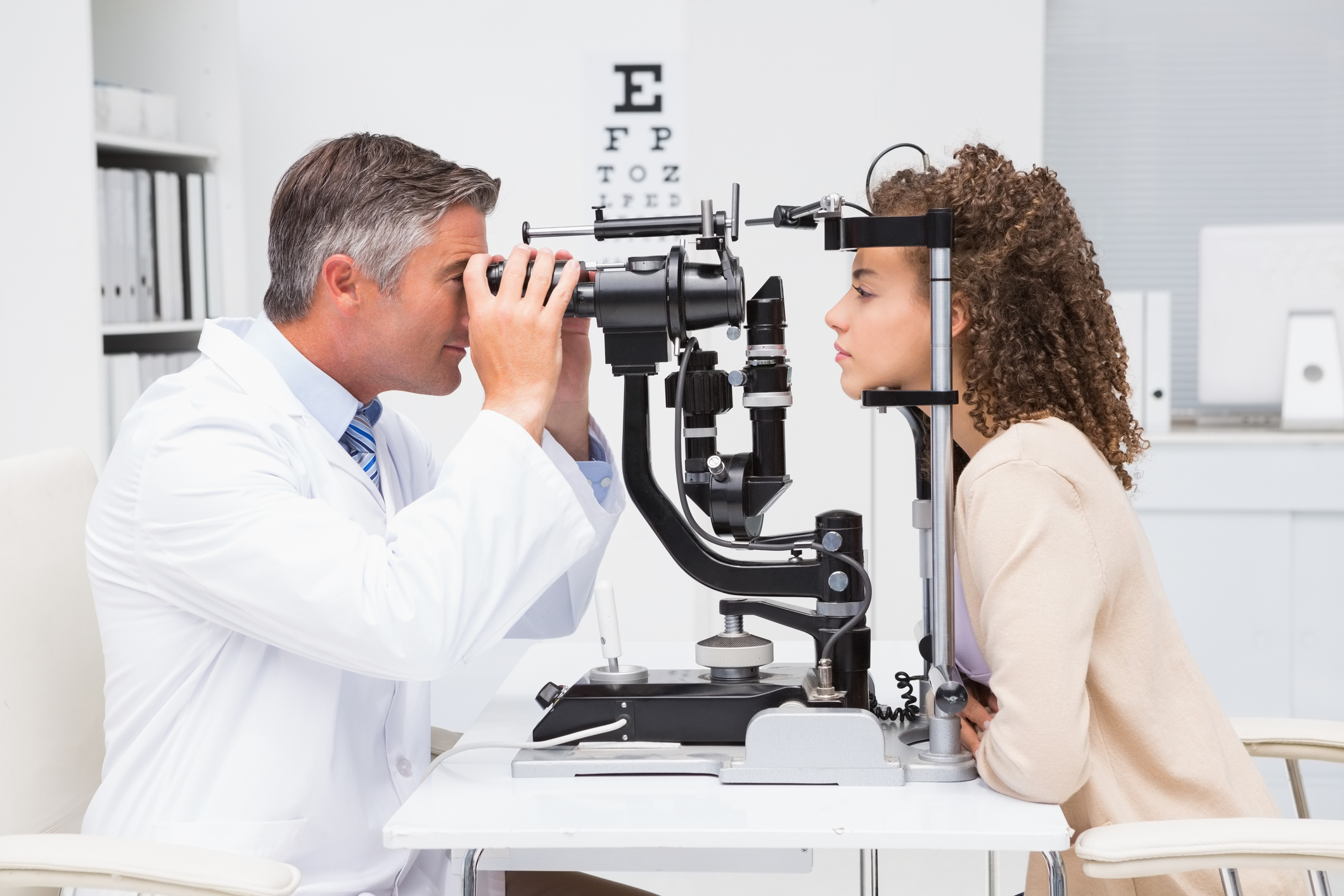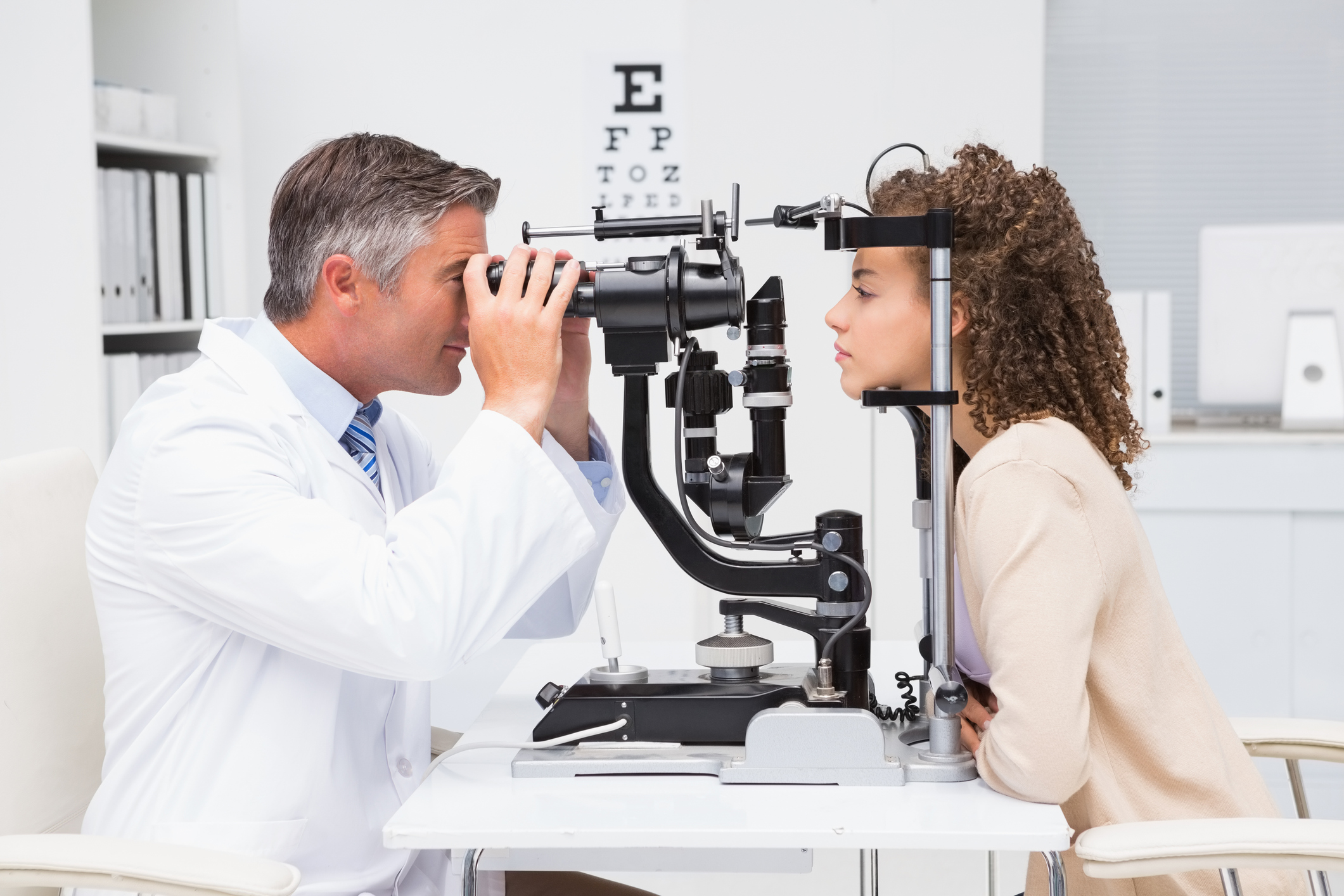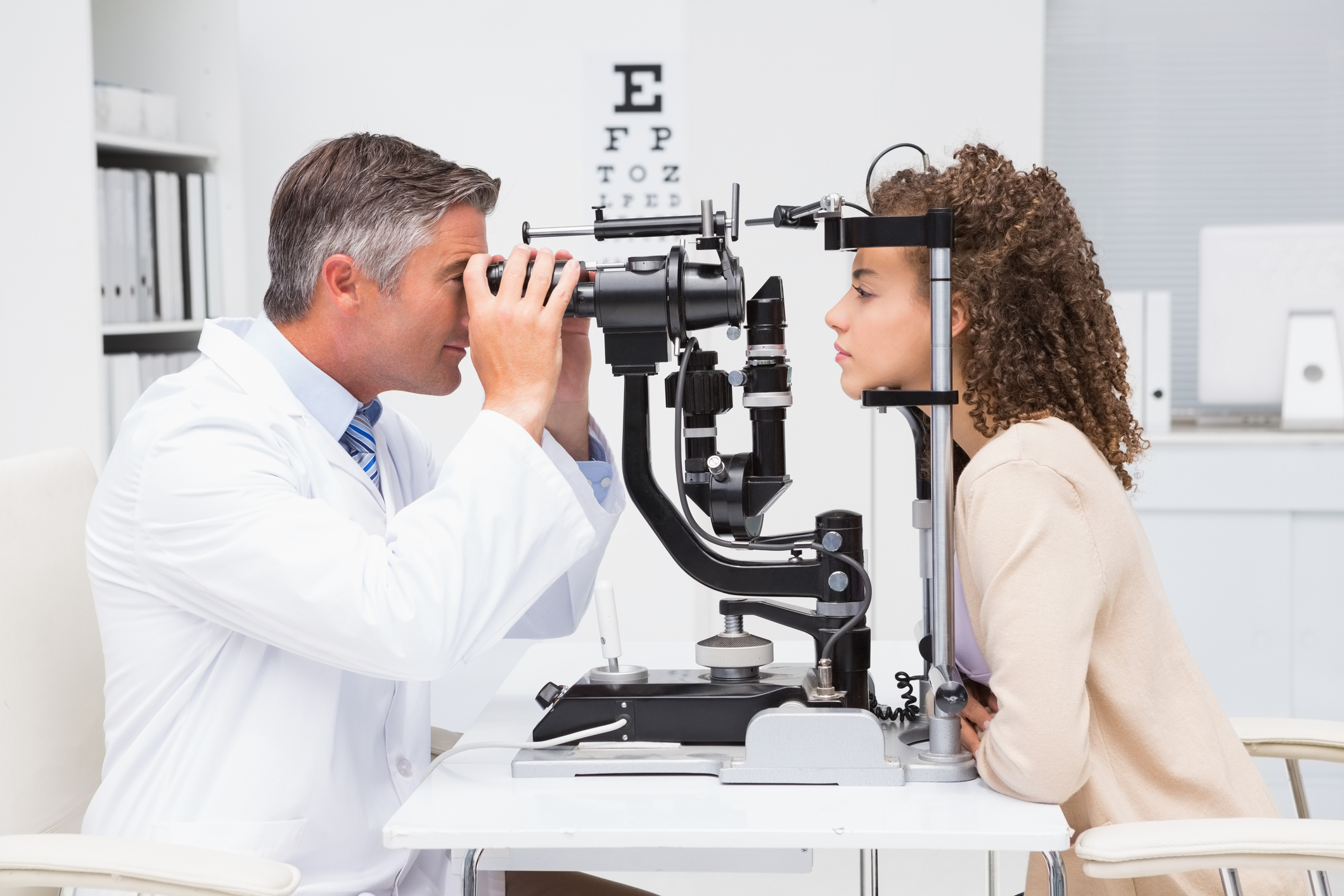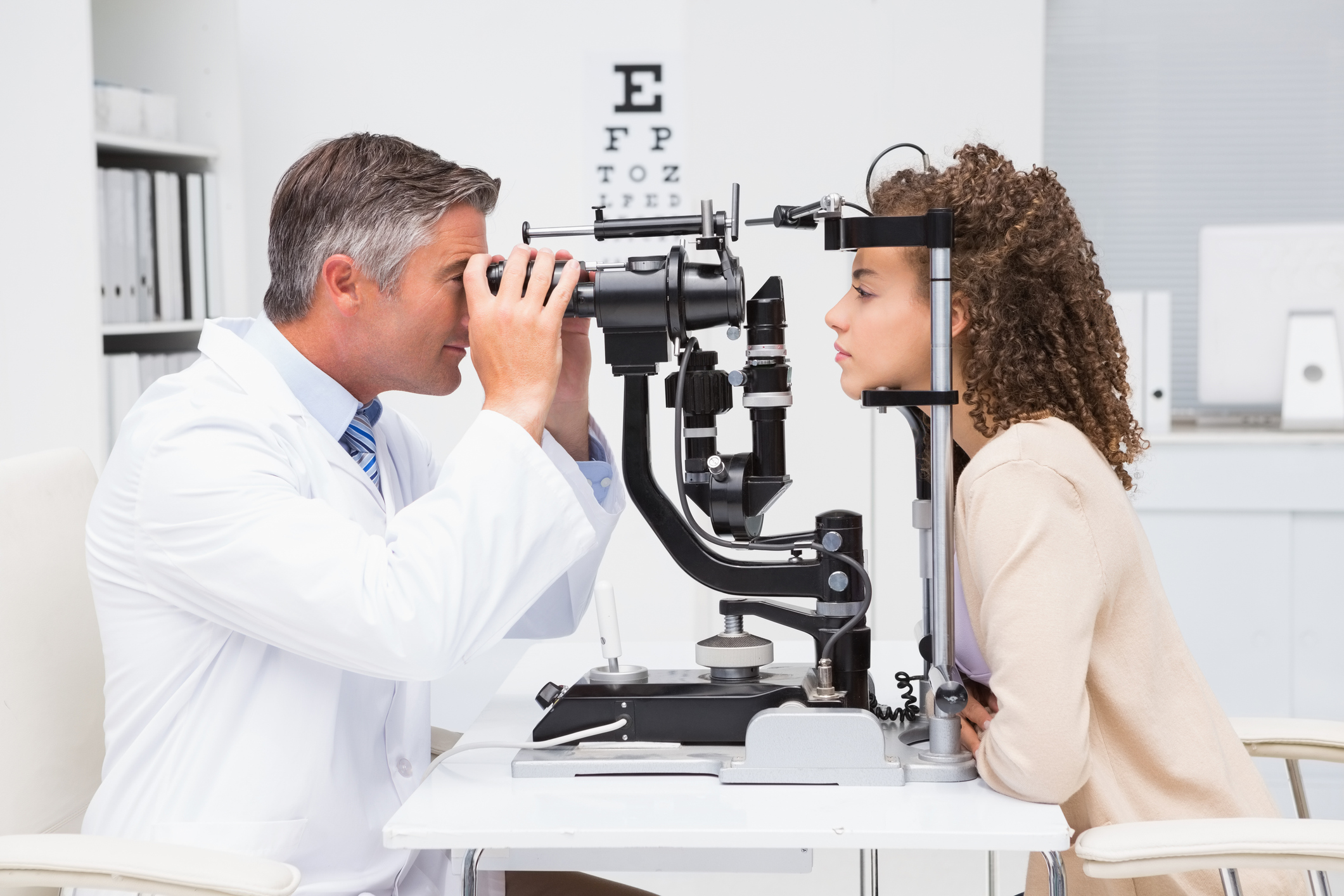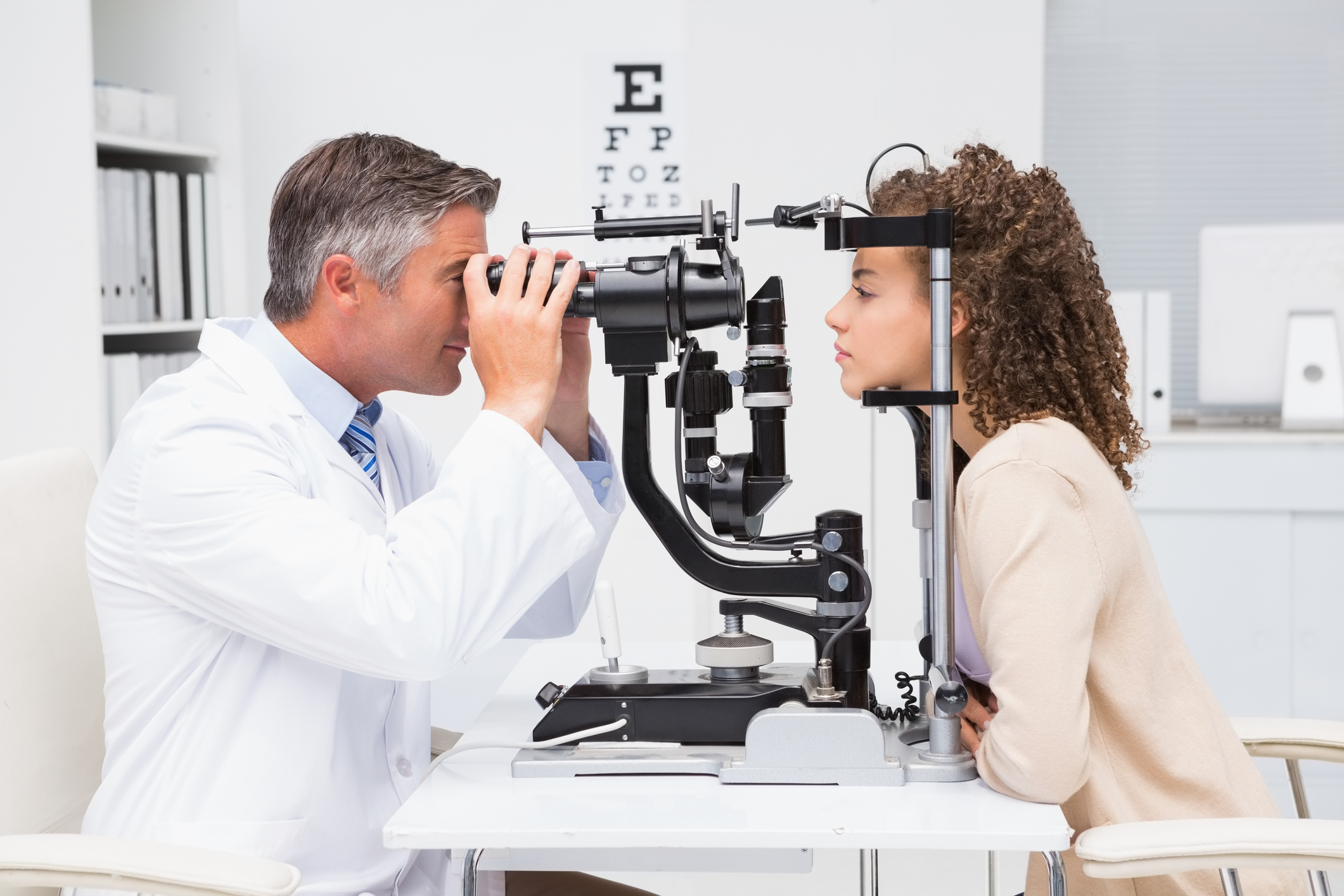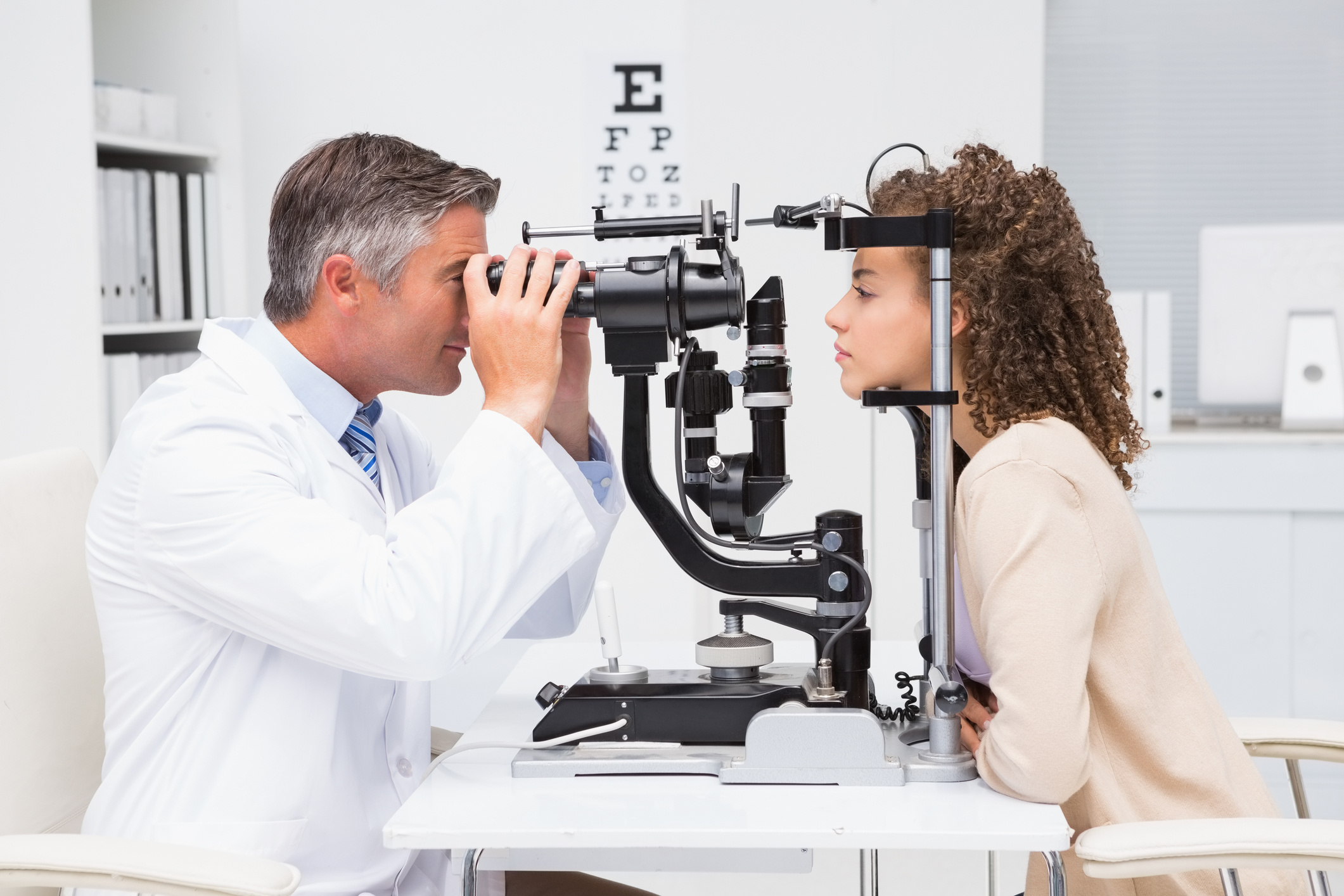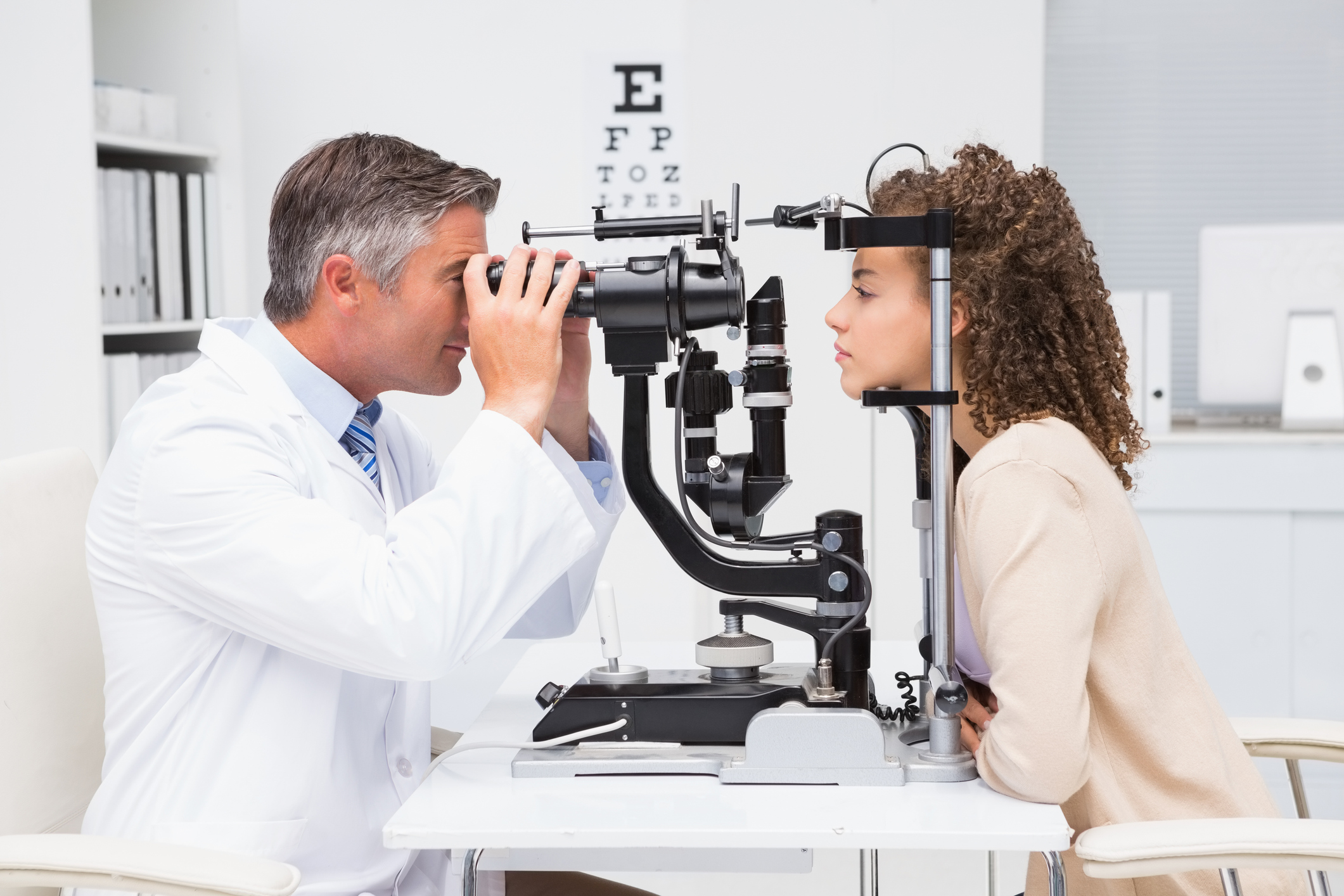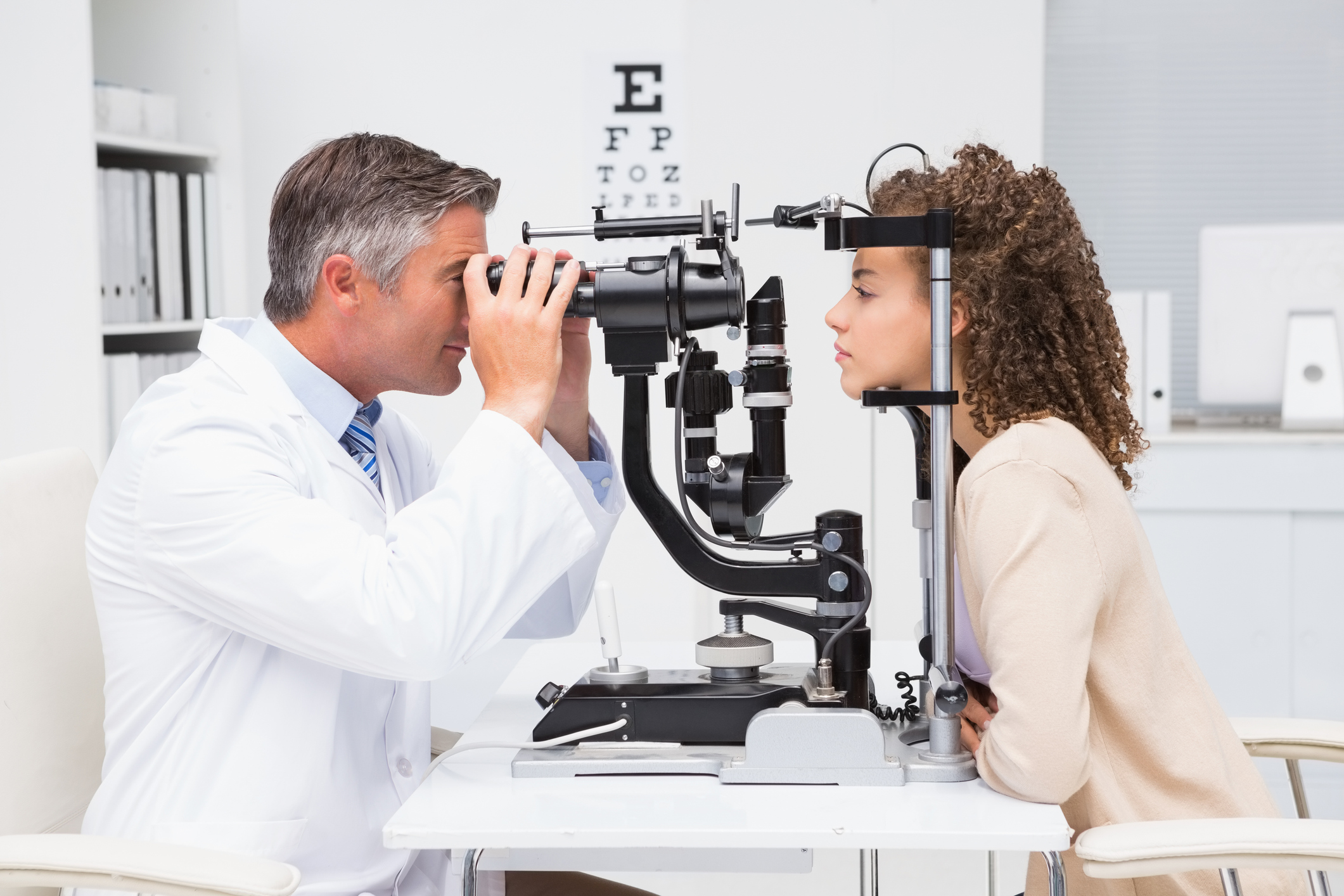Running a high street optician practice involves numerous risks that could potentially threaten your business operations and f…
Optician Aftercare Insurance: Protecting Your Practice Beyond the Initial Consultation
The relationship between an optician and their patient doesn't end when the consultation is over or the prescription is handed out. In fact, some of the most significant risks to your practice can emerge during the aftercare period – from follow-up appointments and frame adjustments to ongoing monitoring of eye conditions and prescription modifications. This is where optician aftercare insurance becomes not just beneficial, but essential for comprehensive practice protection.
Understanding Optician Aftercare Insurance
Optician aftercare insurance is a specialized form of professional indemnity coverage designed specifically to protect eye care professionals against claims arising from ongoing patient care responsibilities. Unlike standard professional indemnity insurance that primarily covers initial consultations and diagnoses, aftercare insurance extends protection to the entire patient journey, including follow-up care, prescription adjustments, frame fittings, and long-term monitoring of eye health conditions.
This coverage recognizes that modern optometry practice involves complex, ongoing relationships with patients that can span months or even years. From managing progressive lens adaptations to monitoring glaucoma patients, the aftercare period presents unique risks that require specialized insurance protection.
Why Standard Professional Indemnity May Not Be Enough
Many opticians assume their existing professional indemnity insurance covers all aspects of patient care, but this isn't always the case. Standard policies often focus on initial diagnostic errors or prescription mistakes, potentially leaving gaps in coverage for aftercare-related claims. These gaps can include:
- Delayed recognition of deteriorating conditions during follow-up appointments
- Inadequate monitoring of patients with chronic eye conditions
- Failure to adjust prescriptions when patients report ongoing problems
- Improper fitting or adjustment of frames and lenses
- Insufficient communication about ongoing care requirements
The complexity of modern eye care means that patients often return multiple times for adjustments, monitoring, and ongoing treatment. Each interaction presents potential liability exposure that may not be fully covered under traditional professional indemnity policies.
Key Coverage Areas in Optician Aftercare Insurance
Comprehensive optician aftercare insurance typically covers several critical areas of ongoing patient care. Follow-up consultation coverage protects against claims arising from missed diagnoses or inadequate monitoring during routine follow-up appointments. This is particularly important for patients with conditions like glaucoma, diabetic retinopathy, or macular degeneration that require regular monitoring.
Prescription adjustment protection covers situations where patients return with complaints about their vision correction, and subsequent adjustments or new prescriptions lead to claims. This includes coverage for progressive lens adaptation issues, bifocal adjustment problems, and cases where prescription changes don't adequately address patient concerns.
Frame and lens fitting coverage addresses the physical aspects of aftercare, including claims related to improper frame adjustments, lens positioning errors, or failure to ensure proper fit and comfort. This coverage is increasingly important as frame designs become more complex and patient expectations for comfort and appearance continue to rise.
Ongoing monitoring protection covers claims arising from inadequate follow-up care for patients with chronic conditions or those taking medications that can affect eye health. This includes situations where deterioration isn't detected promptly or where monitoring intervals are deemed insufficient.
Industry-Specific Risks in Optician Aftercare
The eye care industry faces unique aftercare risks that general professional indemnity insurance may not adequately address. Contact lens aftercare presents particular challenges, with risks including inadequate follow-up for new wearers, failure to detect complications like corneal ulcers or infections, and insufficient education about proper lens care and hygiene.
Pediatric aftercare involves additional complexities, including the need for more frequent monitoring of developing vision systems, challenges in communicating with young patients about symptoms, and the critical importance of early intervention for conditions like amblyopia or strabismus.
Elderly patient aftercare requires consideration of age-related conditions, medication interactions, and the increased risk of falls or accidents related to vision changes. The growing elderly population means these risks are becoming increasingly significant for optometry practices.
The Claims Process and What to Expect
When an aftercare-related claim arises, having appropriate insurance coverage can make the difference between a manageable situation and a practice-threatening crisis. The claims process typically begins when a patient alleges that inadequate aftercare led to harm, deterioration of their condition, or failure to prevent a preventable problem.
Initial claim assessment involves reviewing all patient records, including initial consultations, follow-up appointments, and any communications between appointments. Insurance providers will examine whether appropriate care standards were followed and whether the aftercare provided met industry expectations.
Expert witness involvement is common in aftercare claims, as insurers often need specialist opinions on whether the level and frequency of follow-up care was appropriate for the patient's condition. This is where detailed record-keeping becomes crucial for defending against claims.
Settlement considerations may include compensation for alleged harm, additional treatment costs, and in some cases, ongoing monitoring or care requirements. Having appropriate insurance coverage ensures these costs don't fall directly on the practice.
Best Practices for Aftercare Risk Management
While insurance provides essential financial protection, implementing strong aftercare protocols can help prevent claims from arising in the first place. Comprehensive record-keeping is fundamental, including detailed notes about patient symptoms, concerns raised during follow-up visits, and any advice given about ongoing care.
Clear communication protocols should be established for follow-up appointments, including standardized procedures for assessing patient adaptation to new prescriptions, systematic approaches to frame and lens adjustments, and clear documentation of any ongoing concerns or issues.
Patient education plays a crucial role in aftercare risk management. Ensuring patients understand what to expect during the adaptation period, when to return for follow-up care, and what symptoms should prompt immediate attention can prevent many aftercare-related problems.
Regular training for all staff involved in aftercare ensures consistent standards and helps identify potential issues before they become serious problems. This includes training on recognizing signs of prescription problems, proper frame adjustment techniques, and appropriate escalation procedures for complex cases.
Choosing the Right Aftercare Insurance Coverage
Selecting appropriate optician aftercare insurance requires careful consideration of your practice's specific needs and risk profile. Coverage limits should reflect the potential costs of aftercare-related claims, which can be substantial if ongoing monitoring or treatment is required.
Policy terms should be reviewed carefully to ensure aftercare activities are explicitly covered, including follow-up consultations, prescription adjustments, and ongoing monitoring responsibilities. Some policies may have exclusions or limitations that could leave gaps in coverage.
Retroactive coverage is important for claims that may arise from past aftercare decisions. Eye conditions can develop slowly, and claims may not emerge until months or years after the initial aftercare period.
Legal defense coverage should be comprehensive, as aftercare claims often involve complex medical evidence and may require extensive expert witness testimony to defend successfully.
The Financial Impact of Aftercare Claims
The financial consequences of aftercare-related claims can be severe for optometry practices. Direct compensation costs can range from thousands to hundreds of thousands of pounds, depending on the severity of the alleged harm and the ongoing care requirements.
Legal defense costs often exceed the compensation amounts, particularly in complex cases requiring multiple expert witnesses and extensive medical evidence. These costs can accumulate quickly during the investigation and defense process.
Practice disruption costs include time spent dealing with the claim, potential reputation damage, and the impact on staff morale and patient confidence. These indirect costs can be as significant as the direct financial costs.
Regulatory consequences may also arise from aftercare claims, potentially leading to professional conduct investigations and additional costs for regulatory defense.
Integration with Existing Insurance Coverage
Optician aftercare insurance should complement, not replace, existing professional indemnity coverage. The goal is to create comprehensive protection that covers all aspects of patient care, from initial consultation through ongoing aftercare responsibilities.
Policy coordination is important to avoid gaps or overlaps in coverage. Working with insurance providers who understand the eye care industry can help ensure all policies work together effectively.
Claims handling procedures should be aligned across all insurance policies to ensure efficient management of any claims that arise. This includes clear protocols for determining which policy responds to specific types of claims.
Regulatory Compliance and Aftercare Insurance
Professional regulatory bodies increasingly recognize the importance of ongoing patient care and may have specific requirements for aftercare protocols and insurance coverage. Staying current with regulatory expectations is essential for maintaining professional standing and ensuring insurance coverage remains valid.
Documentation requirements for aftercare may be more stringent than for initial consultations, reflecting the ongoing nature of the professional relationship and the cumulative nature of care decisions.
Continuing professional development requirements may include specific training on aftercare protocols and risk management, which can also help demonstrate commitment to high standards of care.
Future Trends in Optician Aftercare Insurance
The eye care industry continues to evolve, with new technologies, treatment approaches, and patient expectations driving changes in aftercare requirements. Telemedicine and remote monitoring technologies are creating new opportunities for aftercare but also new risks that insurance coverage must address.
Artificial intelligence and automated screening tools are becoming more common in optometry practice, potentially changing the nature of aftercare responsibilities and the types of claims that may arise.
Patient expectations for communication and follow-up continue to increase, driven by experiences in other healthcare sectors and the general trend toward more patient-centered care approaches.
Conclusion
Optician aftercare insurance represents a crucial component of comprehensive professional protection for eye care practitioners. As the industry continues to evolve and patient expectations increase, the risks associated with ongoing patient care are likely to grow rather than diminish.
The investment in specialized aftercare insurance coverage is modest compared to the potential financial and professional consequences of inadequate protection. By understanding the unique risks of aftercare provision and ensuring appropriate insurance coverage is in place, opticians can focus on providing excellent patient care with confidence that their practice is protected against the inevitable challenges that arise in professional healthcare provision.
The key to effective aftercare insurance is not just having coverage, but having the right coverage that reflects the specific risks and requirements of modern optometry practice. Working with insurance providers who understand the eye care industry and can provide tailored coverage solutions is essential for achieving this protection.


 0330 127 2333
0330 127 2333
